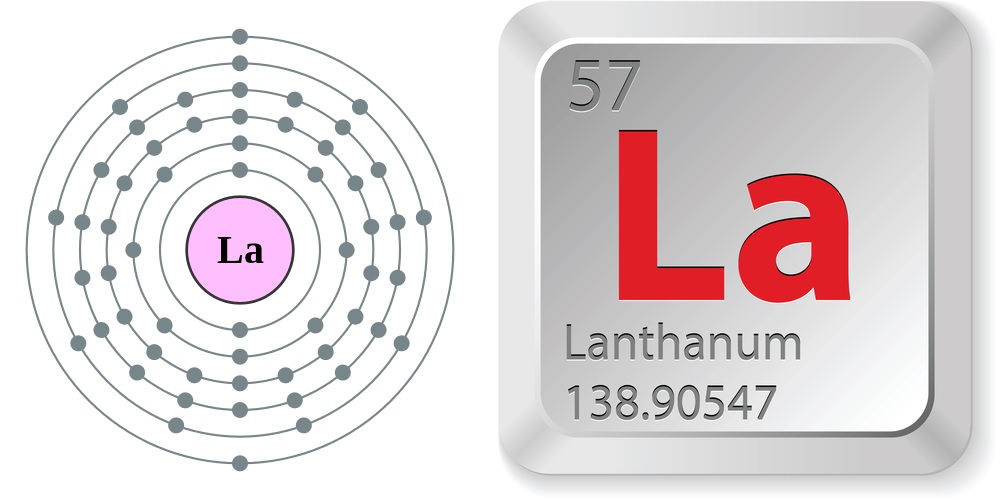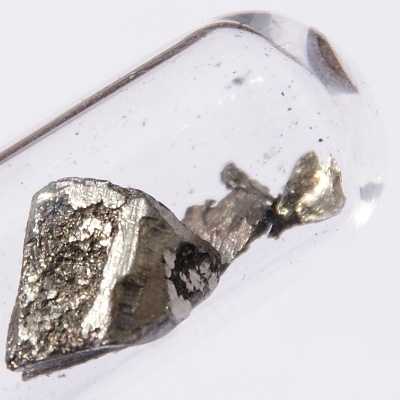Facts About Lanthanum

Word origin: Lanthanum is named after the Greek word lanthanein, which means to escape notice.
Discovery: Swedish chemist Carl Gustaf Mosander extracted lanthanum oxide, or lanthana, from an impure cerium nitrate in 1839. In 1923, a relatively pure form of lanthanum was isolated.

Properties of lanthanum
Lanthanum is silvery white, malleable, ductile and so soft you can slice it with a knife. It is one of the most reactive rare-earth metals, which are also called lanthanides. The element reacts with elemental carbon, nitrogen, boron, selenium, silicon, phosphorus, sulfur, and also with halogens. [See Periodic Table of the Elements]
It can oxidize rapidly in air, and is attacked by both cold as well as hot water. Natural lanthanum has two stable isotopes, 138La and 139La, as well as 23 other radioactive isotopes.
Sources of lanthanum
As a rare-earth metal, lanthanum is found in rare-earth minerals such as cerite, monazite, allanite and bastnasite. In monazite and bastnasite, lanthanum can be found in percentages up to 25 percent and 38 percent respectively.
In recent years, the metal has been produced by reducing the anhydrous fluoride with calcium.
Uses of lanthanum
Lanthanum and other rare-earth compounds are used in carbon arc lighting, specifically in the film and television industry for studio lighting and projection.
Lanthanum oxide (La2O3), also called lanthana, improves the alkali resistance of glass and is used in making camera lenses and in other special glasses. About 25 percent of the alloy mischmetal, used in making lighter flints, contains lanthanum. As an additive, small amounts of lanthanum are used to produce nodular cast iron.
(Source: Los Alamos National Laboratory)
Sign up for the Live Science daily newsletter now
Get the world’s most fascinating discoveries delivered straight to your inbox.











